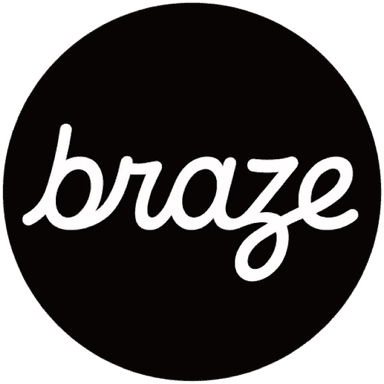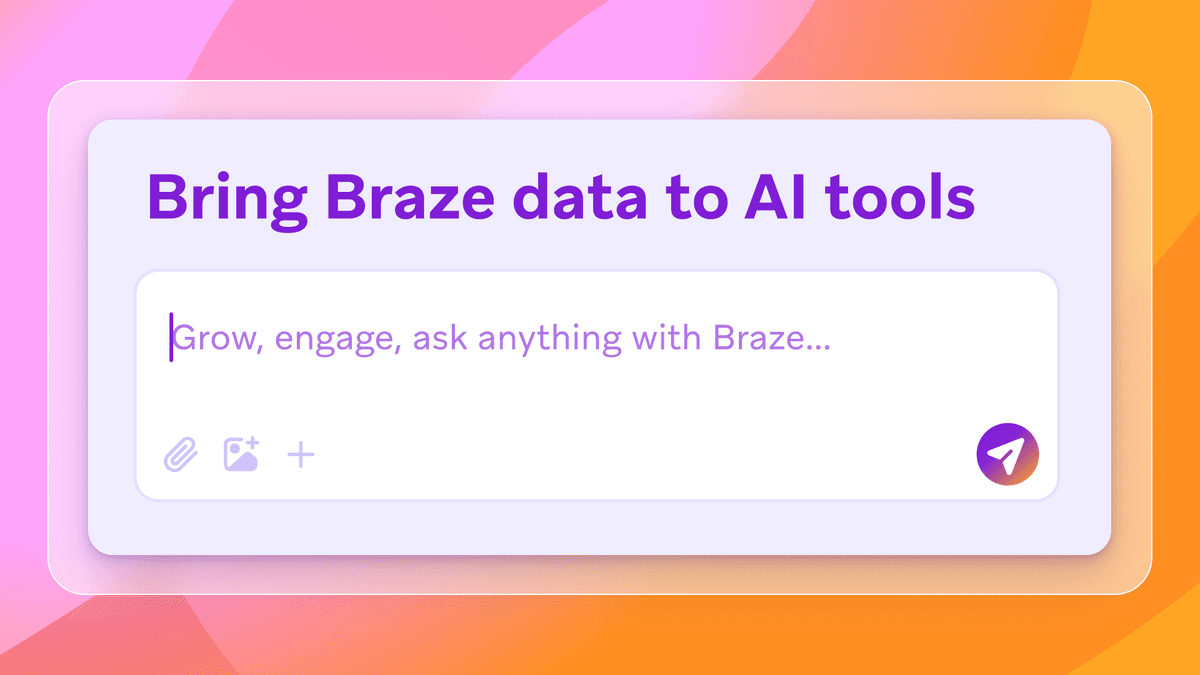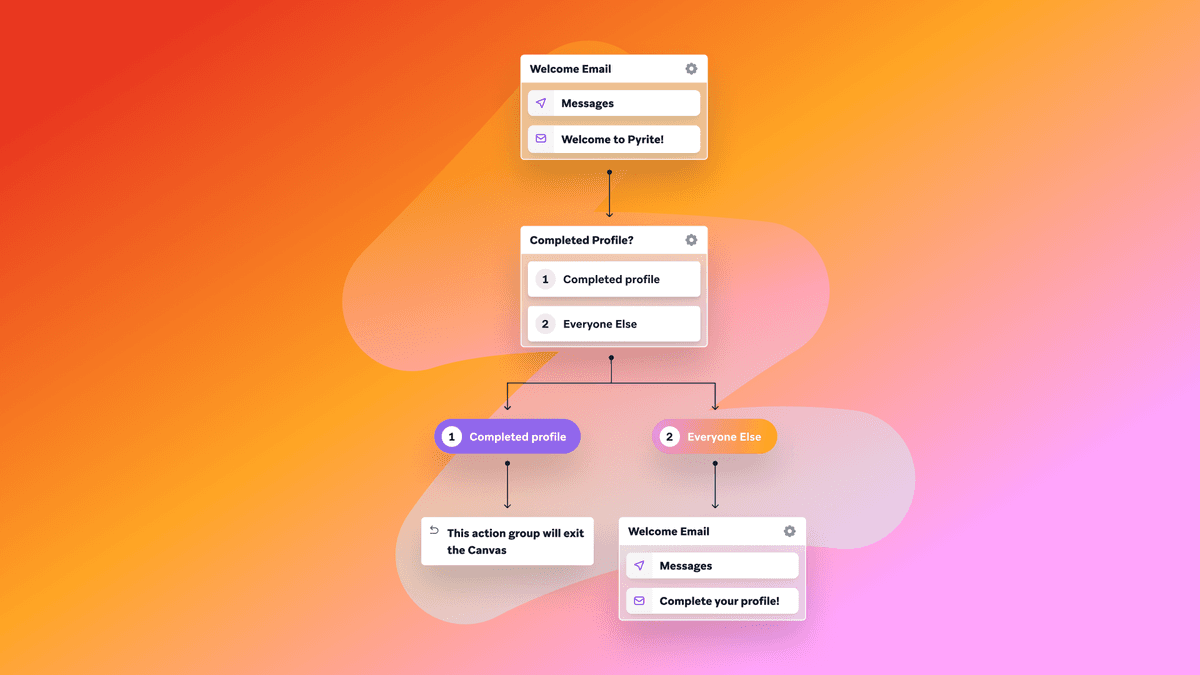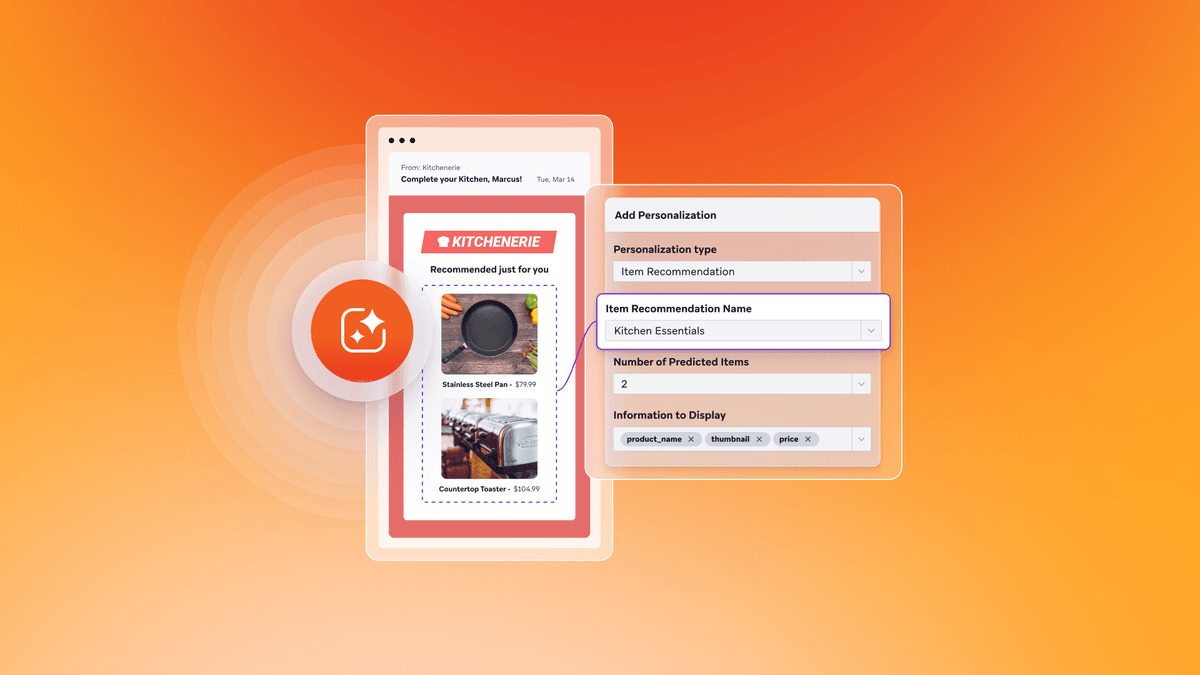Published on July 14, 2025/Last edited on July 14, 2025/10 min read


Email is one of the most effective channels for building customer relationships that last. For B2C brands navigating fast-moving markets, inbox real estate remains a direct line to consumer attention, action, and loyalty. Whether you’re running a flash sale, nudging a cart abandoner, or welcoming a new subscriber into your world, email plays a key role across the customer lifecycle. And thanks to advances in automation, segmentation, and personalization, you can better tailor those messages at scale.
Here’s what we’ll cover in this guide:
B2C (business-to-consumer) email marketing refers to campaigns sent by brands directly to individual consumers. These emails are typically focused on building long-term loyalty and driving short-term actions, like purchases, event sign-ups, or content engagement.
Unlike B2B email, which often centers on nurturing leads and driving sales that have a high consideration level, B2C campaigns are often designed to move quickly. They tap into emotion, urgency, and behavior to spark an immediate response.
B2C email plays an important role across the customer lifecycle, helping brands:
Common B2C email types include:
The strength of B2C email lies in its ability to meet consumers where they are, with relevant, timely messages—often powered by real-time data and automation.
While B2B and B2C email marketing campaigns share the same medium, they can differ widely.
B2B email marketing typically supports longer, multi-step buying journeys. Messages are geared toward nurturing leads, sharing detailed information, and supporting high-value decision-making across teams.
In contrast, B2C email marketing is often geared toward quick actions, such as driving immediate sales and sign-ups, or engagement through up-to-the-minute and emotionally resonant content.
B2B emails tend to be focused on ROI or operational impact. B2B emails also often include resources like case studies or whitepapers. B2C emails, on the other hand, lean on storytelling, visual appeal, and emotional triggers. They often include bold imagery, short copy, mobile-friendly layouts, and clear calls to action (CTAs.) In general, they're designed to be skimmed quickly and acted on fast.
It’s important to note that there has been a lot more overlap and less distinction of tone and content in recent years.
Email often outperforms many other marketing channels when it comes to both reach and ROI, and B2C brands are well-positioned to take advantage. Despite the rise of new platforms and messaging apps, consumers still check their inboxes daily, and they’re more likely to engage with brands they’ve opted in to hear from.
Email campaign recipients are 89% more likely to buy compared to customers who receive campaigns via other channels and 19.5X more likely to buy compared to customers who receive no outreach at all.
But it’s not just about promotions. B2C email marketing plays a vital role across the customer lifecycle:
Creating standout B2C email campaigns takes utilization of real-time data to segment audiences, tailor content, and trigger messages at just the right moment.
Here are four core strategies that can turn average campaigns into consistent revenue drivers:
Batch and blast emails rarely hit the mark. Segmentation lets you target groups of customers based on behavior, preferences, location, lifecycle stage, purchase history, and more. The more relevant the message, the more likely it is to be opened, clicked, and acted on.
Some segmentation examples include:
A healthy B2C email list is built on trust and relevance. Whether you’re using tags, filters, or predictive models, segmentation turns your B2C email list into a source of meaningful insights and better performance.
Dynamic personalization lets you go further than {first_name}. From product recommendations and personalized visuals to local event suggestions or real-time pricing updates, you can tailor every part of an email to reflect a customer’s context.
These kinds of messages feel more like a service than a sales pitch, providing real value—and they perform better too. Consumers are increasingly willing to engage with brands that send content they actually care about.
Timing matters. Triggered emails—like cart abandonment reminders, welcome series, or post-purchase follow-ups—often outperform static campaigns. They’re timely, relevant, and require less manual effort once set up.
Some high-performing B2C email automation flows include:
Automating these touchpoints means you’re building relationships even while you sleep.
The best B2C marketers never “set it and forget it.” Instead, they A/B test features, elements, and more to see what gets the best results and engagement. They monitor key metrics like open rate, CTR, conversion rate, and unsubscribe rate—then use that data to improve over time.

Small tweaks can lead to big results. The key is consistent iteration, because the circumstances change and the world is constantly marching. What’s true now, might not be true next month. A willingness to adapt based on what customers are telling you through their behavior, is an absolute must.
In our guide, The Future of Email: Top Trends Shaping the Inbox Experience, we explore what's next for email marketers and share actionable guidance on how to set up your strategy for success—now and in the future.
For eCommerce brands, email is an important performance channel. Some of the most effective eCommerce email marketing strategies are built around timely, behavior-based automation and clear value for the customer.
High-performing examples include:
By mapping email flows to common eCommerce behaviors, brands can drive more conversions without relying on discount-heavy promotions.
You can’t improve what you’re not measuring. Tracking the right performance indicators helps you understand how your campaigns are working and where there’s room to refine. For B2C brands, these are the metrics that matter most:
Knowing the strategy is one thing, seeing it in motion is another. Here's how one brand in the On-demand sector used data-driven personalization and dynamic content to turn a routine email into a viral, high-performing campaign.
Grubhub, a leading online and mobile food-ordering and delivery marketplace, wanted to boost brand awareness and user engagement through a personalized email campaign. They wanted to create a dynamic experience that diners would not only enjoy but also want to share.

Grubhub launched a “Taste of 2020 Year in Review” email, summarizing each user’s ordering activity from the past year. Using Braze Content Blocks and the platform’s Liquid personalization features, they automated every element—from header images and color schemes to order stats and favorite dishes. A direct API connection fed 32 custom attributes from Grubhub’s data warehouse into Braze, allowing them to generate fully personalized experiences at scale.
The campaign quickly became one of Grubhub’s most successful ever. It drove a 100% increase in social media mentions and an 18% lift in word-of-mouth referrals. By delivering content that felt personal, relevant, and shareable, Grubhub deepened loyalty while expanding reach.
B2C email marketing continues to be one of the most powerful tools for engaging consumers, especially when it’s personalized, automated, and grounded in real customer behavior.
As inboxes get more crowded and consumer expectations rise, brands need to move beyond generic blasts and build smarter, data-informed campaigns that span the entire lifecycle.
For teams looking to scale this kind of impact, modern platforms like Braze make it easier to turn real-time data into responsive messaging. With tools for dynamic personalization, audience segmentation, and performance analytics, you can spend less time building and more time connecting.
B2C email marketing is when businesses send targeted email campaigns directly to individual consumers. These emails can include promotions, updates, or lifecycle messaging designed to drive engagement and conversions.
B2C email marketing typically focuses on emotional appeal, quick decisions, and consumer behaviors, while B2B email marketing targets business stakeholders and supports longer, more complex sales cycles.
The best B2C email strategies include segmentation, personalized content, automation for lifecycle events, and ongoing A/B testing to optimize subject lines, timing, and design.
Brands can personalize B2C emails at scale using real-time data, dynamic content blocks, and customer attributes like purchase history or location. Tools like Braze support these capabilities through features like Liquid personalization and connected content.
Key B2C email marketing KPIs include open rate, click-through rate, conversion rate, unsubscribe rate, and revenue per email. Advanced teams may also track metrics like time to purchase and engagement by cohort.
Sign up for regular updates from Braze.





